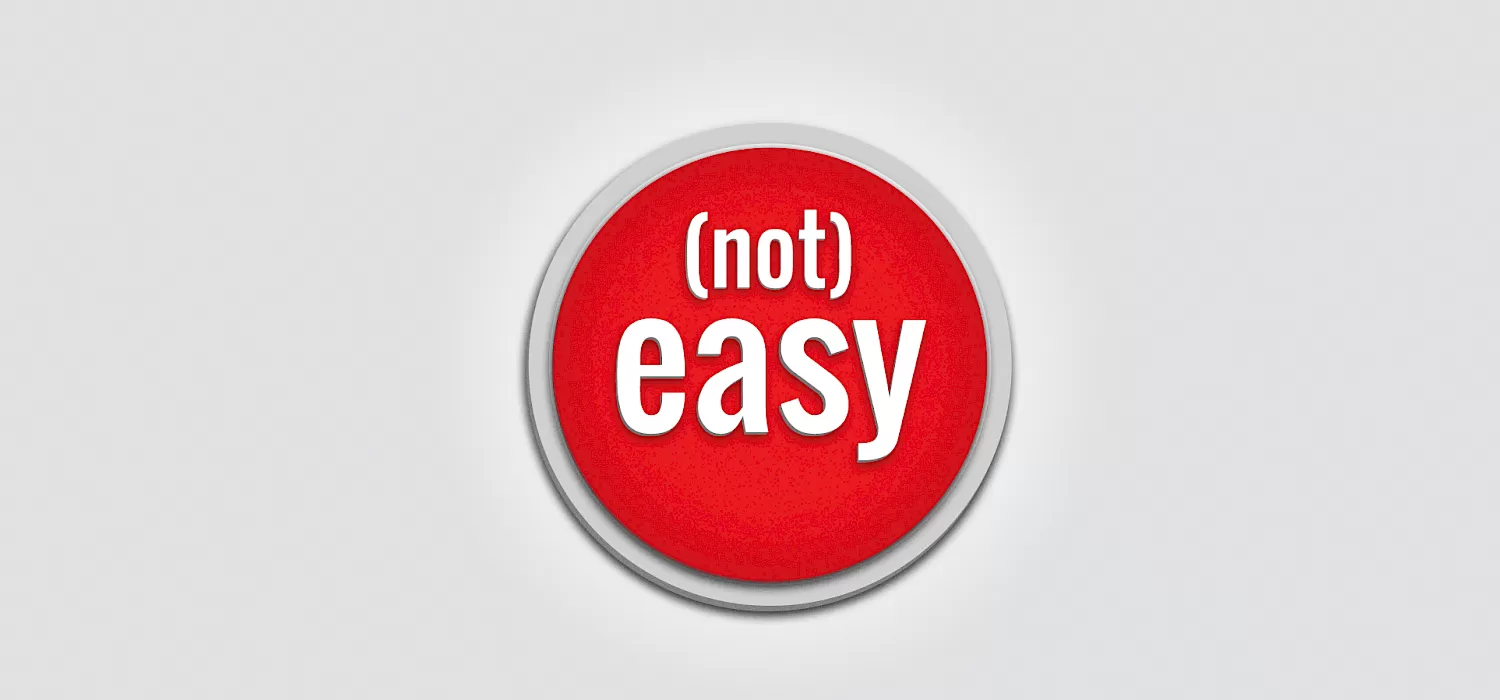Drug Development Is Cheap And Easy, Said No One Ever

The AveXis announcement ushers in a new and exciting era of clinical trials that attack the root cause of Rett Syndrome. Without a lot of precedent with gene therapy just yet, it’s hard to know what FDA will require and what the development timelines will look like. In my last blog we discussed the road to FDA approval. In this blog let’s focus on how pharmaceutical and biotech companies plan a development program and design that first clinical trial in patients, something AveXis is working on right now.
Drug development is expensive and risky. Traditionally, it also takes a long time. Not to be a downer but overall less than 10% of new drugs make it all the way from their first human study to FDA approval; a journey that typically takes 10-15 years. Gene therapies are expected to provide much greater therapeutic benefit and therefore improve these statistics.
What else do we know about traditional drug development? We know that it costs many millions of dollars to conduct clinical trials in a drug development program. In fact, depending on the number of studies, the number of patients, the number of sites and their location, it can cost many, many, many millions of dollars.
Let’s do a thought exercise about starting a clinical development program. Put on your traditional drug development hat and let me ask: how would you proceed in designing your first patient clinical trial?
A few decisions have to be made right off the bat, with little to no human data to back it up. Before you dose a single patient, you have already selected what characteristics your trial patients should have and the number of patients to be enrolled. You have determined what scales and measures you will use to detect an improvement in the disease state. You have also decided on the doses to be used as well as the frequency and duration of dosing in the trial. That’s a lot of decisions, and all of these decisions are made before you know if they were based on the right assumptions.
And just to up the stakes a bit, you have to select in advance the “primary endpoint”, which is the key efficacy measurement designed to show the effect of your product, and upon which your study will be considered to succeed or fail. Your study can show statistically significant changes in all of the other secondary endpoints you’ve chosen, but if it fails on the primary endpoint, the study fails.
Ready to spend those millions? What if you didn’t choose your patient characteristics right, or you went too low on the dose and didn’t see enough change, or went too high on the dose and saw troublesome side effects? What if your endpoint measure wasn’t good at picking up changes in the disease? It’s rare for companies to hit all of these parameters on the nose the first time.
Many of these questions for traditional development will be easier, faster, and more straightforward for gene therapy programs. Luckily for us, AveXis can lean significantly on what they learned in their SMA program to jump start and accelerate their Rett program. Whether a traditional treatment or a gene therapy, the first patient study is challenging. Gene therapy trials should require fewer patients and fewer trials, which means faster development. Since it is only administered one time, identifying the optimal dose should also be easier.
Therapeutic development, whether gene therapy or drugs, is a huge, risky commitment for companies and not all of their decisions are easy or straightforward. Nonetheless, therapeutic development continues to the benefit of patients worldwide. We are glad for the decisions companies make and the risk they take when starting a new clinical development program, and we are excited to see how gene therapy will change that development approach.


